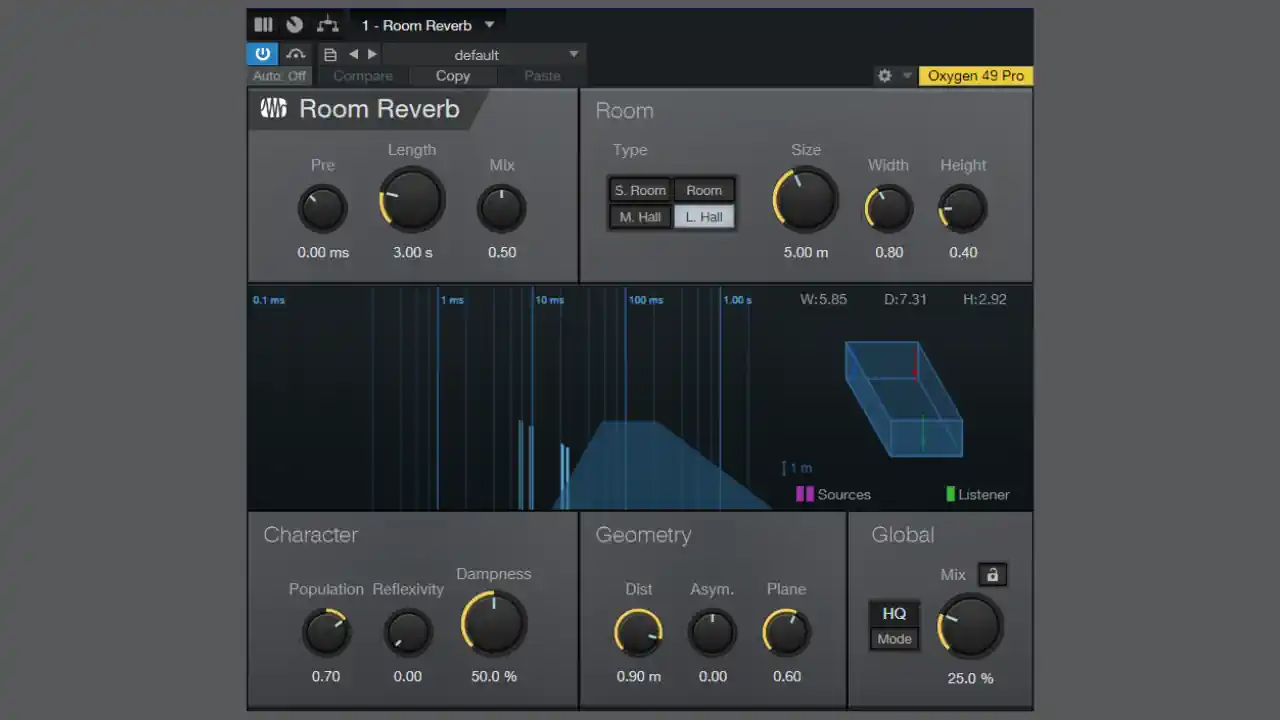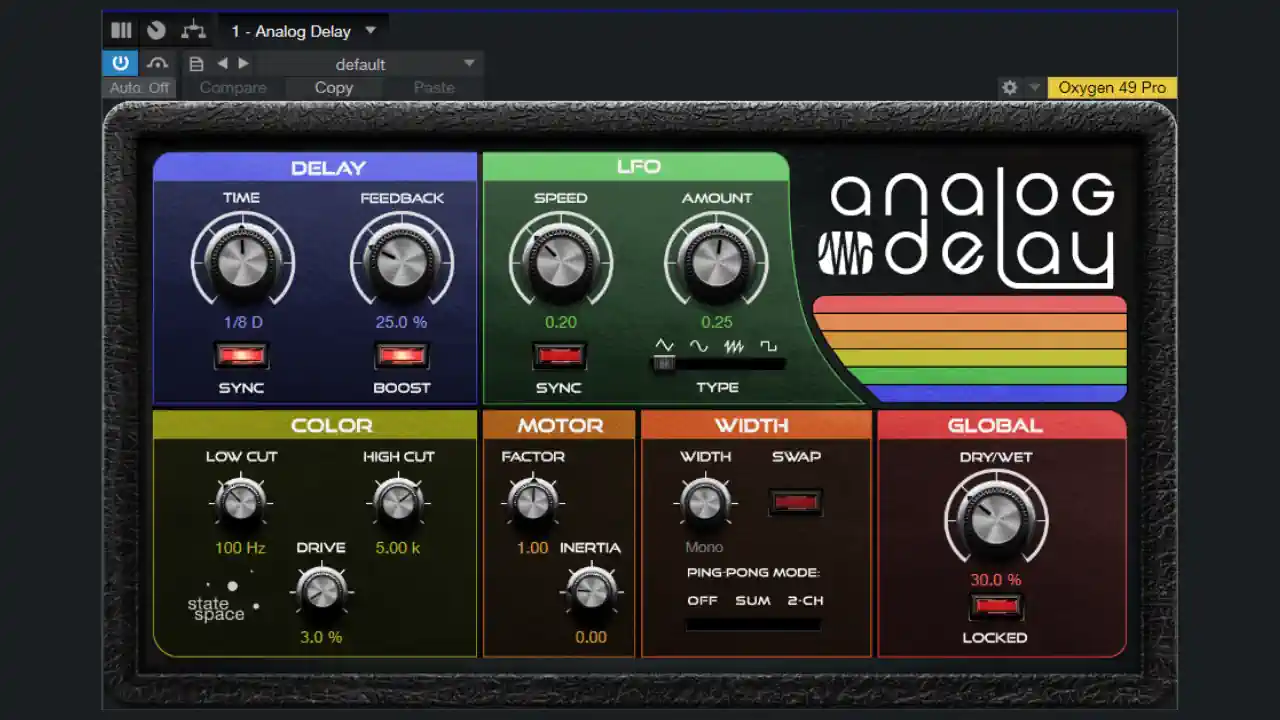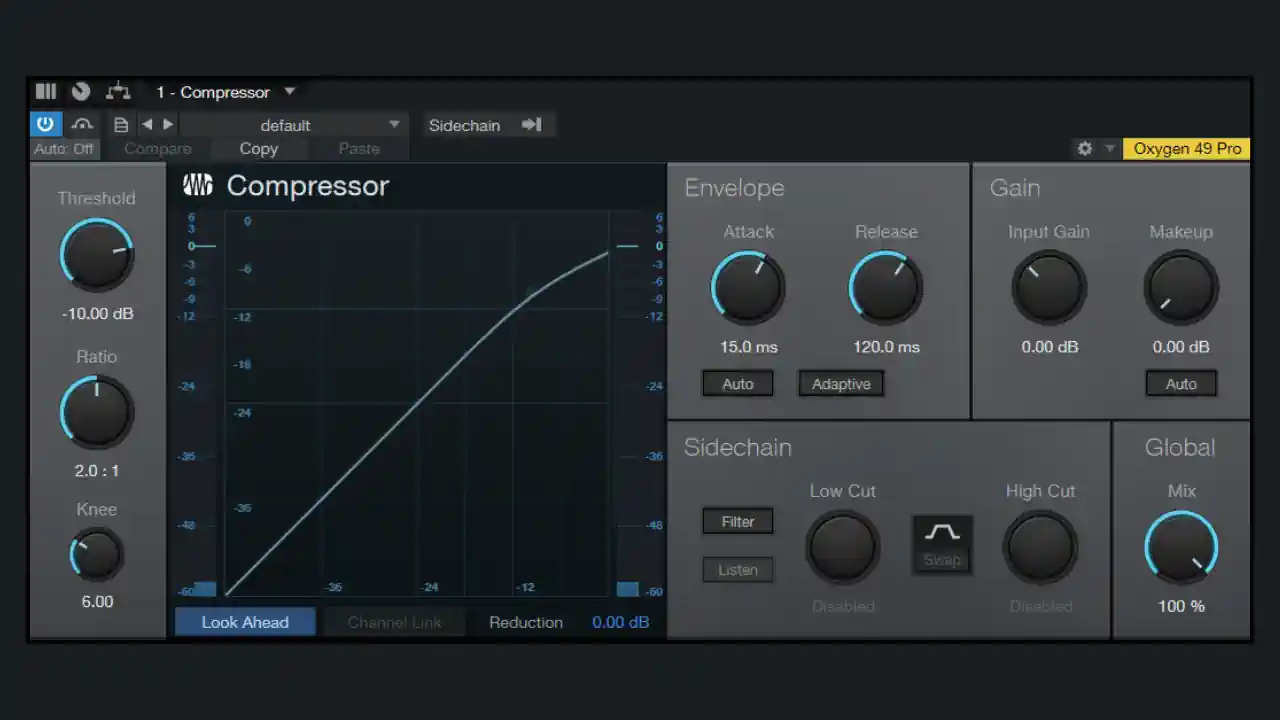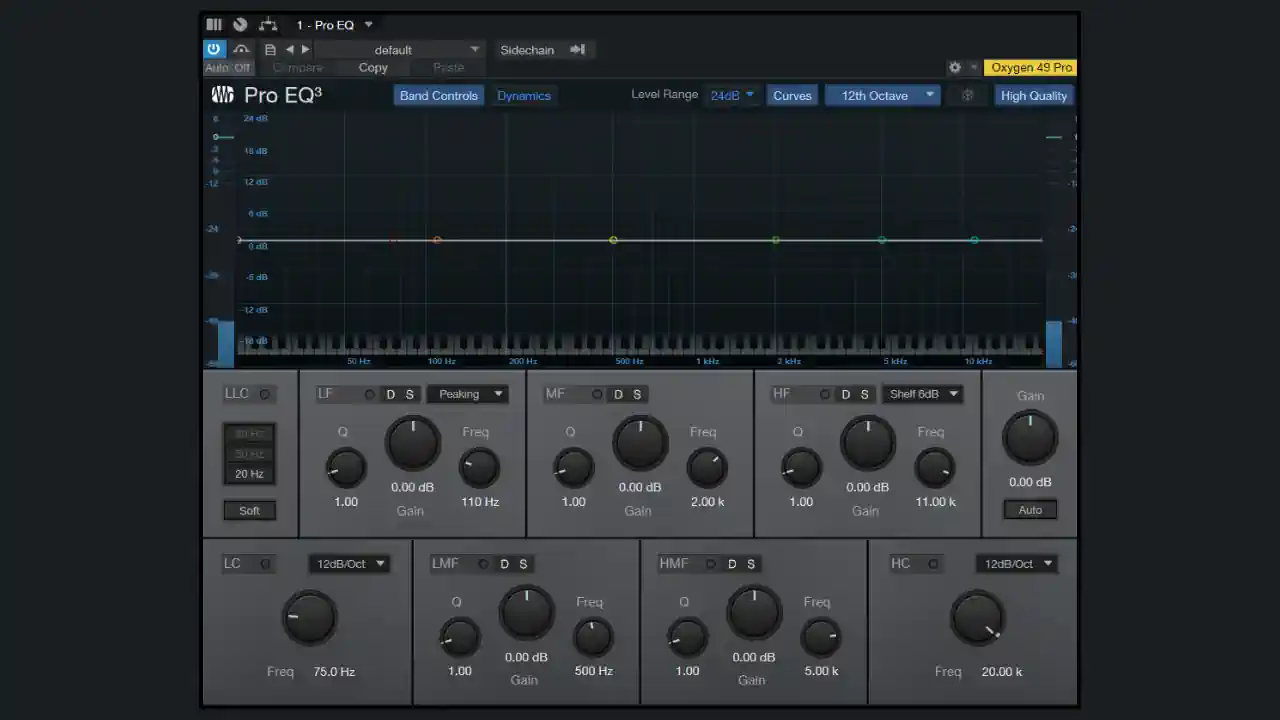
Music production sound effects. Music production uses various audio effects to shape sound. Effects also add depth and atmosphere.
Producers need to understand these effects and how they work to improve music. In this article, I’ll examine different audio effects in music production.
You can use them to enhance your sound.
What are Audio Effects, and How Do They Enhance Music Production?
Audio effects are changes made to sound to achieve the desired outcome. They change the original sound to create an exciting audio experience.
Music producers should understand various music production sound effects. And how they work to make their music unique.
Understanding the Role of Audio Effects in Shaping Sound
Audio effects change sound waves, frequency, and stereo fields by modifying them. They can make the sound richer, create spatial effects, and find the perfect balance within a mix.
Compression and modulation improve the sound of music in different ways.
Types of Audio Effects Used in Music Production
Audio production uses a diverse range of effects to manipulate sound. Effects like reverb, delay, and modulation make music sound spacious and dynamic.
Compression and distortion control the sound’s dynamic range and add character.
Utilizing Dynamic Audio Effects for Musical Enhancement
Compression is essential for keeping sound levels consistent and controlling track dynamics.
Compression boosts the volume of soft parts in a song without making loud parts too loud. It does this by reducing the difference in volume between the quiet and loud parts.
This creates a balanced and controlled sound.
Exploring Time-Based Audio Effects for Creating Depth and Atmosphere
Time-based effects are essential for adding atmosphere and depth to music. These effects change the timing of a sound, making it feel like it’s in a bigger space.
Let’s delve into some common uses and their impact.
Using Reverb to Add Space and Depth

Reverb is a staple in music. It emulates the natural acoustics of different spaces, achieving a sense of spaciousness and depth as if recorded in a larger room.
Musicians use reverb plugins to apply this effect in various music styles.
Understanding Delay and Echo Effects for Enriching Sound

Delay and echo effects repeat the original signal. They are making the sound feel spacious and connected.
The echo effects make patterns and add depth to vocals and instruments. Producers can adjust feedback and decay parameters to create the desired delay effect.
Components of a delay:
- Delay Time & Feedback
- LFO / Modulation
Modulation Effects: Creating Movement and Texture in Music
Music production sound effects like chorus, flanger, and phaser add movement and texture to a composition. These effects change the original sound, making minor differences in pitch and volume.
This creates a more exciting and lively sound. These effects find applications across various music genres in enhancing the sonic experience.
In-depth exploration of Common Audio Effects in Music Production
Music production relies on several effects that shape the sound and feel of a track. Let’s explore how compression, filters, and distortion affect things.
Utilizing Compression for Dynamic Control and Balance

Compression adjusts the audio signal to control the volume of different track parts. Compressors maintain a consistent sound level. Compressors also add
Components of a compressor:
- Threshold
- Ratio
- Knee
- Envelope
- Gain
- Sidechain
Managing the dynamic range and sonic character is crucial for a controlled and lively mix.
The Impact of Filters on Sound and Music
Filters play a significant role in shaping a sound’s frequency spectrum. Equalizers are tools that can boost or reduce specific frequency ranges.
They shape the sound of an audio signal. Producers can use audio filters to refine the frequency content of their tracks, helping them achieve the desired sound.
Effect of Distortion on Sound and Music Genres
Distortion is a powerful effect that adds grit and character to a sound. Rock and electronic music create a gritty, aggressive tone, especially for guitars.
They do it by overdriving the audio signal. It adds intensity and edge to the sound, often defining the sonic identity of a particular style.
Understanding the Integration of Audio Effects in Professional Music Production
To make music sound professional, you must add music production sound effects to enhance its quality and power.
Role of Audio Effects in Enhancing Different Music Genres
Effects are essential in shaping the sound of different music genres. Every genre of music, from rock to ambient, uses various effects to create its sound.
Producers must understand these details to meet the sound needs of different styles.
Exploring the Versatility of Audio Effect Plugins
Effect plugins are flexible ways to add effects to a digital audio workstation. They mimic analog effects units.
But offer more controls and options for manipulating sound. Producers can use music production sound effects plugins to shape their sound and make their compositions stand out.
Utilizing Stereo Imaging to Create Spatial Audio Effects
Stereo imaging techniques create a sense of space and dimension within a mix. By adjusting the stereo field, producers can make sounds more spacious.
This method makes music more authentic and immersive by adding realism and depth.
Tips for Using Audio Effects to Shape Your Sound and Make It Stand Out
Music production sound effects make sound stand out in a crowded music landscape. Let’s explore some tips and techniques.
Optimizing Frequency Range with Equalization and Filtering

Adjusting the frequency range of each element is essential to getting the best sound in a mix. Producers can adjust the frequency of tracks to prevent masking and create a clear sound.
Enhancing the Sound with Chorus, Flanger, and Phaser Effects
Music production sound effects, such as phasers, flangers, and choruses, add movement and depth to instruments and vocals.
Producers can use modulation effects to make their compositions more spacious and textured, creating a more exciting and dynamic experience for listeners.
Using Reverb and Delay to Add Atmosphere and Depth to Music
Music production sound effects such as reverberation and delays add atmosphere and depth. They make the music captivating and impactful, creating space and enhancing the ambiance.
Conclusion: Music Production Sound Effects
In summary, music production sound effects are essential for creating a unique sound. Producers make their sound stand out by using special effects and audio techniques.
These techniques will captivate the audience. Sound effects are essential for finding the perfect sound in a track. You can use them to enhance vocals and instruments.
Producers can also make the music more interesting by creating different sounds. They can turn a basic track into an elaborate piece of art using sound effects.
Producers must experiment with other effects and techniques to find their signature sound. Doing so can create a unique and memorable listening experience for their audience.
Frequently Asked Questions:
What are the 4 effects of sound that musicians should know about?
The four effects of sound include volume (loudness), pitch (frequency), timbre (tone quality), and duration (length of sound). Understanding these can enhance your music composition and performance. The four effect tools are Equalization (EQ), compression, reverb, and delay.
What are music production sound effects, and why are they important?
Music production sound effects are audio elements that enhance a track, adding depth and emotion. They help create atmosphere, convey mood, and make your music more engaging for listeners.
